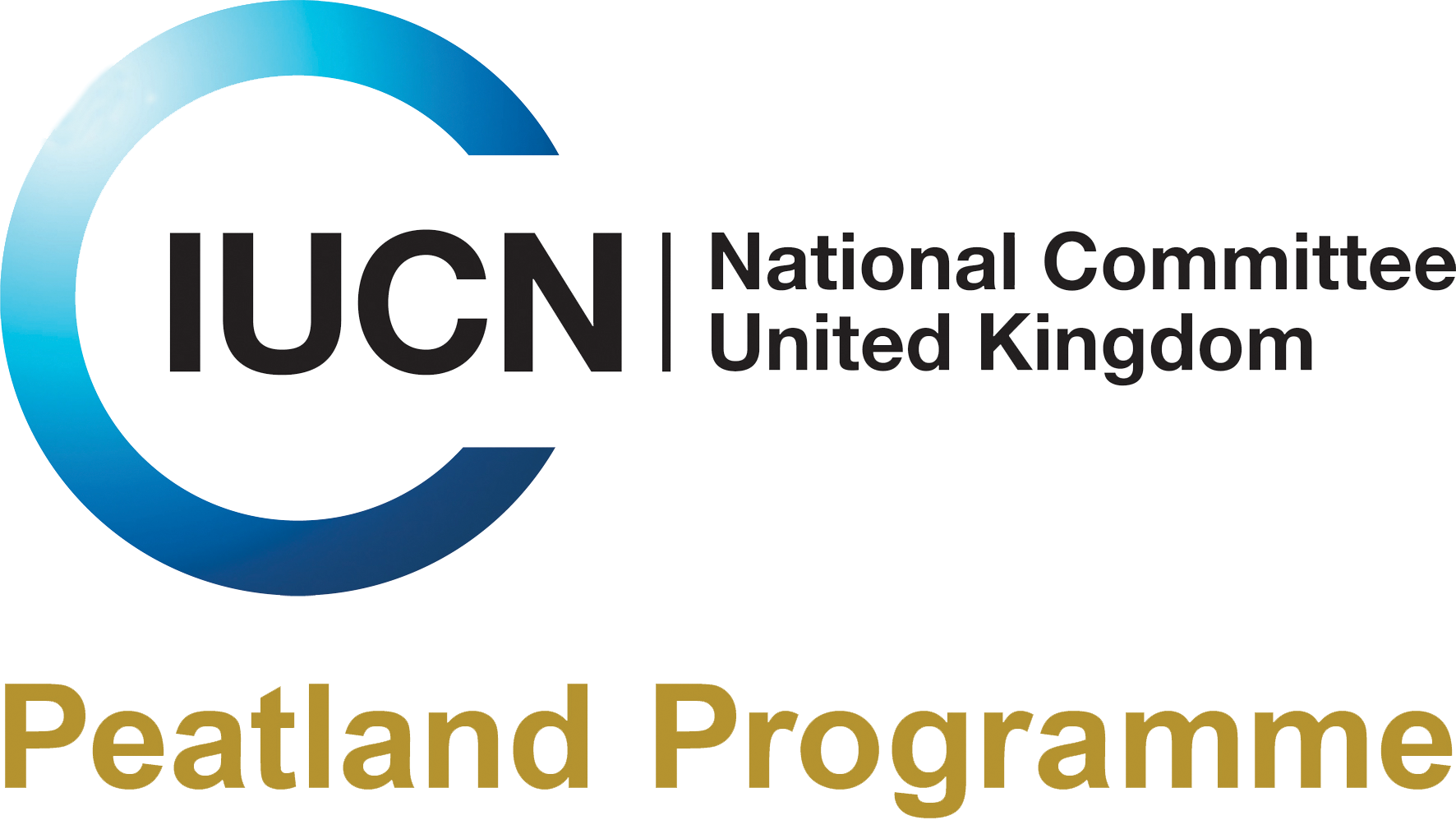Search
Search
Public consultations
Evaluating the socio-economic benefits of peatland restoration
User Guide for practitioners interested in evaluating the socio-economic benefits of peatland restoration.
Peatlands in the UK beyond Common Agriculture Policy (CAP)
The IUCN UK Peatland Programme continues to feed into the international peatland agenda, recently supporting a new position paper - ‘Peatlands in the EU - Common Agriculture Policy (CAP) after…
Brown shrimp
The brown shrimp blends perfectly with its seabed home and is found all around the coasts of the UK.
National Policy Statements public consultation
Opportunity to contribute to public consultation on National Policy Statements to support Clean Power Plan.
Peatland Code Public Consultation
The Peatland Code is committed to continuous improvement and would like to invite you to comment on the draft Peatland Code Version 2.1
Public Consultation for Biodiversity Quantification Methodology
The Woodland Carbon Code and Peatland Code are pleased to announce their public consultation inviting views on the outcomes of the Facility for Investment Ready Nature in Scotland (FIRNS)…
New report highlights multiple benefits of peatland restoration around the world
A new report published today in Brussels highlights innovative projects from around the globe which are helping restore and conserve our threatened peatlands for the multi-benefits they bring to…
New guidance for wetter farming on peatlands
The IUCN UK Peatland Programme’s latest briefing, ‘Principles for Sustainable Peatland Paludiculture’, sets out to ensure the multiple benefits of peatlands are realised when managing different…
Resources
Cuthbert's Managing Moors Project
Cuthbert's Moor: New nature reserve acquired by Durham Wildlife Trust.
